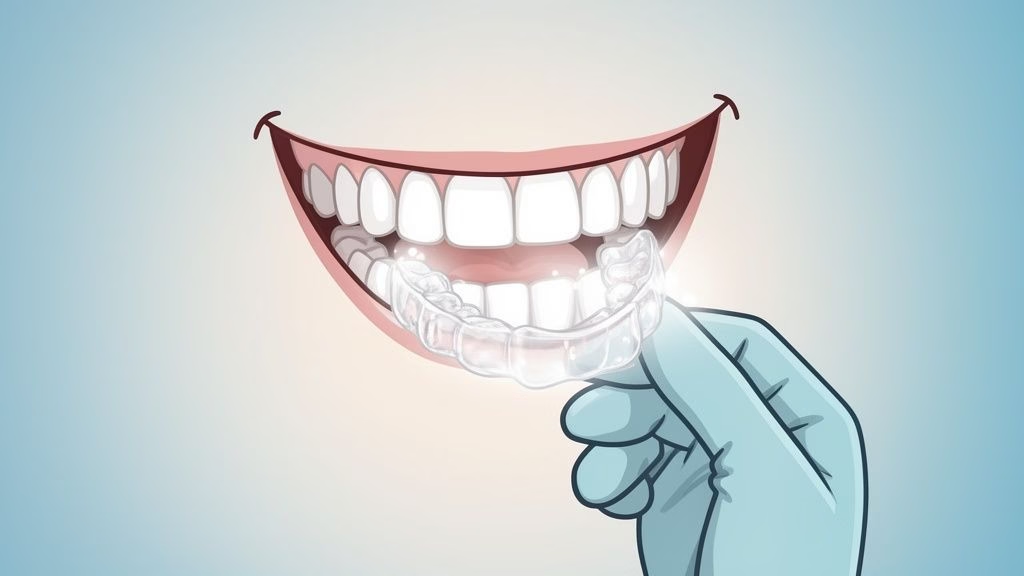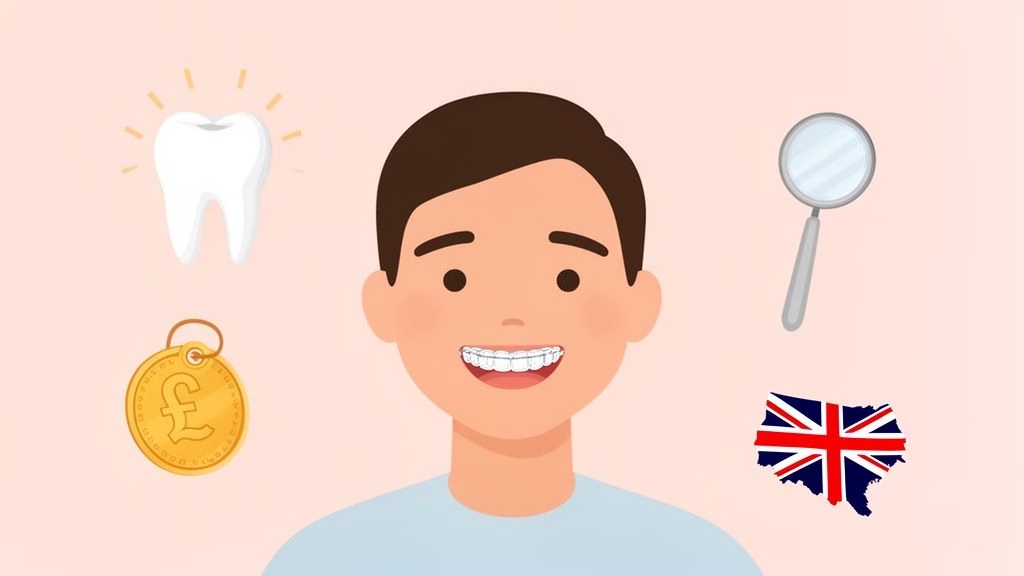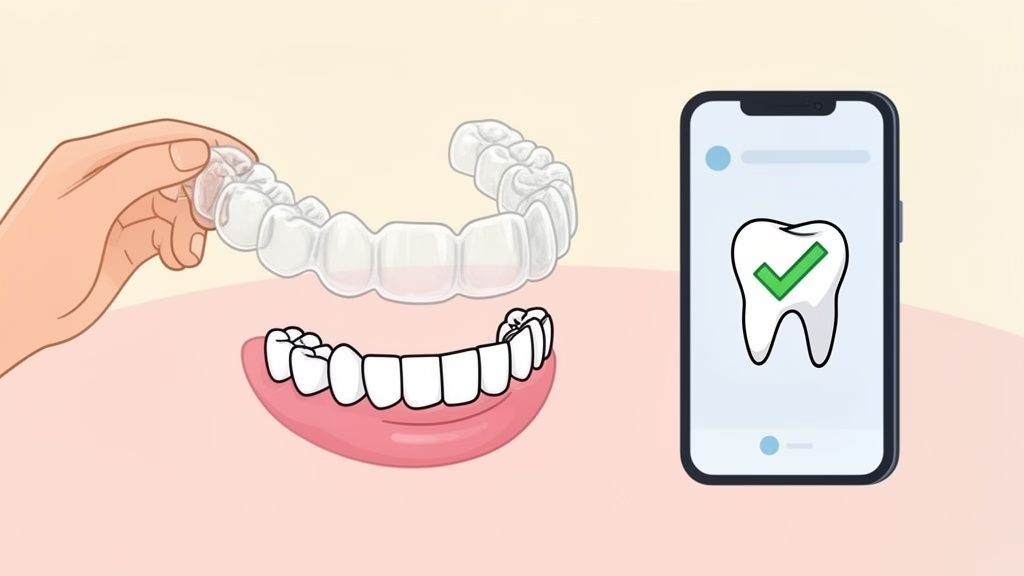Signs and Symptoms of a Cavity: How to Spot Tooth Decay Early

Cavities are sneaky little things. They start off small, often without any obvious symptoms, and before you know it, you’re dealing with toothache, sensitivity, or even worse—needing a filling. The good news? Catching a cavity early can save you from pain (and a bigger dental bill).
So, how do you know if you have one? Here are the key signs and symptoms to watch out for—and what you can do about them.
1. Tooth Sensitivity
Ever taken a sip of a hot coffee or enjoyed an ice-cold drink only to feel an unpleasant twinge in your tooth? That’s sensitivity, and it’s often one of the first signs of a cavity.
Cavities create tiny holes in your enamel, exposing the softer layer beneath (dentin), which contains tiny nerve endings. When exposed to hot, cold, sweet, or acidic foods, these nerves send pain signals, warning you that something isn’t right.
What to do: If sensitivity is becoming a regular issue, don’t ignore it. A dentist can check if it’s due to a cavity, enamel erosion, or another dental concern.
2. Toothache (Mild or Severe Pain)
A persistent toothache is a red flag that shouldn’t be ignored. Cavities can start as mild discomfort and gradually turn into throbbing pain as the decay spreads deeper into the tooth.
If you notice:
A dull ache that comes and goes
Sharp pain when biting down
Constant pain that won’t let up
…it’s time to see a dentist. Pain means the decay may have reached the inner layers of the tooth, where the nerves are.
What to do: Don’t wait for the pain to become unbearable—early treatment is always easier and less expensive than waiting until it’s an emergency.
3. Visible Holes or Dark Spots on Your Teeth
Sometimes, cavities make themselves known by showing up as black, brown, or white spots on your teeth. As the decay worsens, it can form a visible hole (or pit) in your tooth.
What to do: If you spot any unusual marks or a small hole in your tooth, book a dental check-up. Even if it doesn’t hurt yet, it’s best to catch it early before it becomes a bigger problem.
4. Bad Breath That Won’t Go Away
Brushing, flossing, and using mouthwash but still noticing bad breath? Cavities can be to blame.
Tooth decay creates the perfect environment for bacteria to thrive, and as bacteria break down food particles in your mouth, they release foul-smelling gases—aka bad breath.
What to do: If persistent bad breath or a bad taste in your mouth doesn’t improve with better oral hygiene, it could be time for a dental check-up.
5. Pain When Eating Sweets
Noticing a sharp pain when enjoying chocolate or sugary treats? That’s another telltale sign of a cavity. Decayed teeth have exposed areas that are more sensitive to sugar, causing discomfort when you eat something sweet.
What to do: Avoid sugary snacks (or at least rinse with water after eating them), and book a dental appointment to check for cavities.
6. Swollen or Bleeding Gums (If the Cavity Is Near the Gumline)
If a cavity is near the gumline or between teeth, it can cause gum inflammation, leading to redness, swelling, or even slight bleeding when brushing or flossing.
What to do: If you notice gum irritation along with any of the symptoms above, it’s time for a dentist visit to rule out decay or gum disease.
How to Prevent Cavities Before They Start
The best way to deal with cavities? Avoid getting them in the first place! Here are some simple habits to keep your teeth strong and decay-free:
✅ Brush twice a day with fluoride toothpaste (especially before bed!)
✅ Floss daily to clean between teeth where cavities love to form
✅ Limit sugary snacks and drinks—they feed cavity-causing bacteria
✅ Drink plenty of water to help wash away food particles and bacteria
✅ Visit your dentist regularly for check-ups and early detection
Need Advice? The Toothfairy App Can Help!
Not sure if you have a cavity or need expert advice? The Toothfairy app lets you connect with UK-licensed dentists for quick and easy virtual consultations—all from the comfort of your home. Whether it’s pain, sensitivity, or general concerns about your dental health, Toothfairy makes it simple to get the answers you need without the hassle of booking a traditional appointment.
✨ Download the Toothfairy app today and take control of your oral health!
Conclusion: Don’t Ignore the Signs
Cavities don’t heal on their own, and leaving them untreated can lead to bigger problems (like infections or needing a root canal). The earlier you catch them, the easier they are to treat. So if you notice any of the signs above, don’t wait—get it checked and keep your smile in top shape!
Last updated on March 5, 2025

Toothfairy Care Team
Toothfairy, is the world's smartest dental app, that connects patients to a dentist for a range of issues, from emergencies, cosmetics, prescriptions to virtual exams.
Toothfairy Care Team
Toothfairy, is the world's smartest dental app, that connects patients to a dentist for a range of issues, from emergencies, cosmetics, prescriptions to virtual exams.





